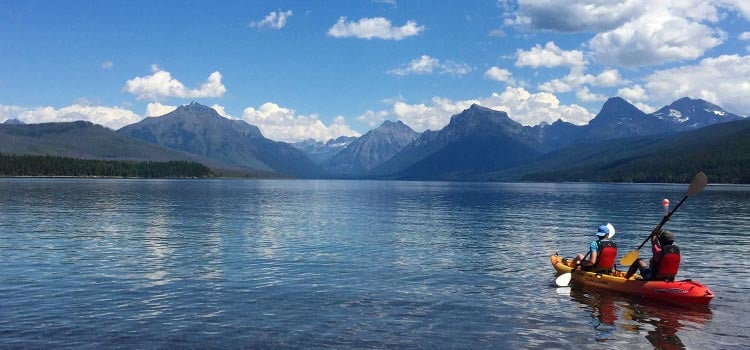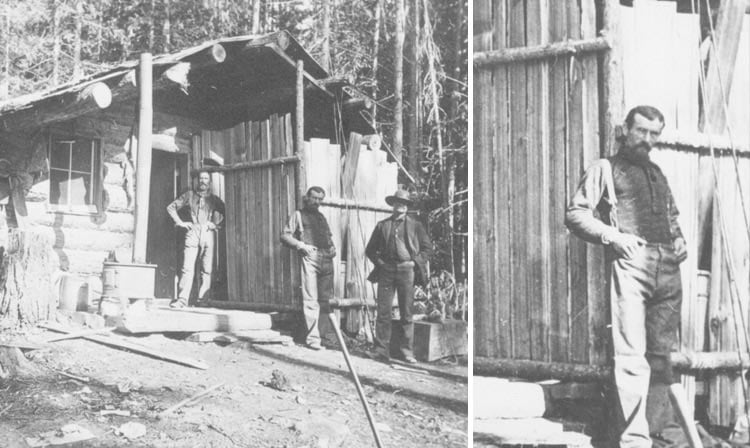Preserving Glacier's heritage on the shores of Lake McDonald
Lake McDonald stretches into the horizon, its glassy sheen reflecting the towering presence of Glacier Park until it’s silently interrupted by the whispering strokes of a gliding kayaker. The jiggle of a bell rings through the ancient stands of trees. A Canadian visitor walks into one of the shops decorating Apgar Village, the Cedar Tree Gift Shop, and is greeted by the giant cedar that climbs from the heart of the cozy storefront through the roof into the sky. Activities are in the works at the surrounding cabins where families plan the days and adventures ahead.
This is life in Apgar Village, one of Glacier’s historic hubs and a rich source of its long-lasting heritage. Located near the park’s western entrance and the south end of its largest lake, Apgar is home to amenities and adventures alike. The largest campground in Glacier Park is here and the village features a visitor center, gift shops, a camp store and a casual restaurant. Many day-use activities can launch from here, including horseback ride reservations, boat rentals, a shuttle service, and tours with the famous Red Buses.

This popular destination also showcases the historic roots of this beloved national park.
For generations before white settlers arrived, Native American Indian tribes frequented the area that is now known as Apgar. Specifically, it became a cherished hunting and fishing location. According to local historian Robert Lucke, the Kootenai and Stony Indians would perform sacred dances around the lake while smoking salmon and preparing their harvested meats.
Lucke says these tribes were the primary residents in the area until traders with the Hudson Bay Company arrived from Canada. They began trading with the Indians at a popular gathering place at the south end of Lake McDonald.
In the 1890s, Milo Apgar arrived and became a prominent early settler with Frank Geduhn and Charlie Howe. In 1892, the men homesteaded and built cabins at the south end of the lake with plans to farm the area. The weather and geographical conditions stymied those efforts, but Apgar realized he had another opportunity: serving visitors to the popular outdoor playground that would become Glacier National Park. He began offering cabin rentals, meals, pack horses, guided tours and boat trips throughout the nascent park.

“Because of its location at the southern foot of Lake McDonald, it’s a spectacular spot and they found it to be rich for outdoor recreation, including hunting and fishing and thought it would be a great destination for travelers and hunters. Turns out they were correct,” says Ron Cadrette, vice president and general manager of Glacier Park, Inc, “Still today, it’s popular for all those reasons.”
GPI has been a steward of this history dating back more than 30 years. As a previous concessioner for the National Park Service, the company has overseen many sites and operations in Apgar Village. In 2014, the company purchased the business operations in Apgar Village and 200 acres of adjacent land in West Glacier, taking over for the Lundgren family, which had owned the properties since the 1940s.
Taking on the vast inholdings in and around Glacier Park has furthered the company’s strong focus of preserving Apgar’s unique identity from the bygone era, Cadrette says. This includes maintaining and upgrading classic cabins and other facilities with an attention to detail and appreciation for the past.
“We’ve worked hard to maintain the historical integrity of Apgar Village,” Cadrette says.
From the shores of Lake McDonald and the quiet streets of the village, it’s easy to recognize and enjoy the fruits of that labor.